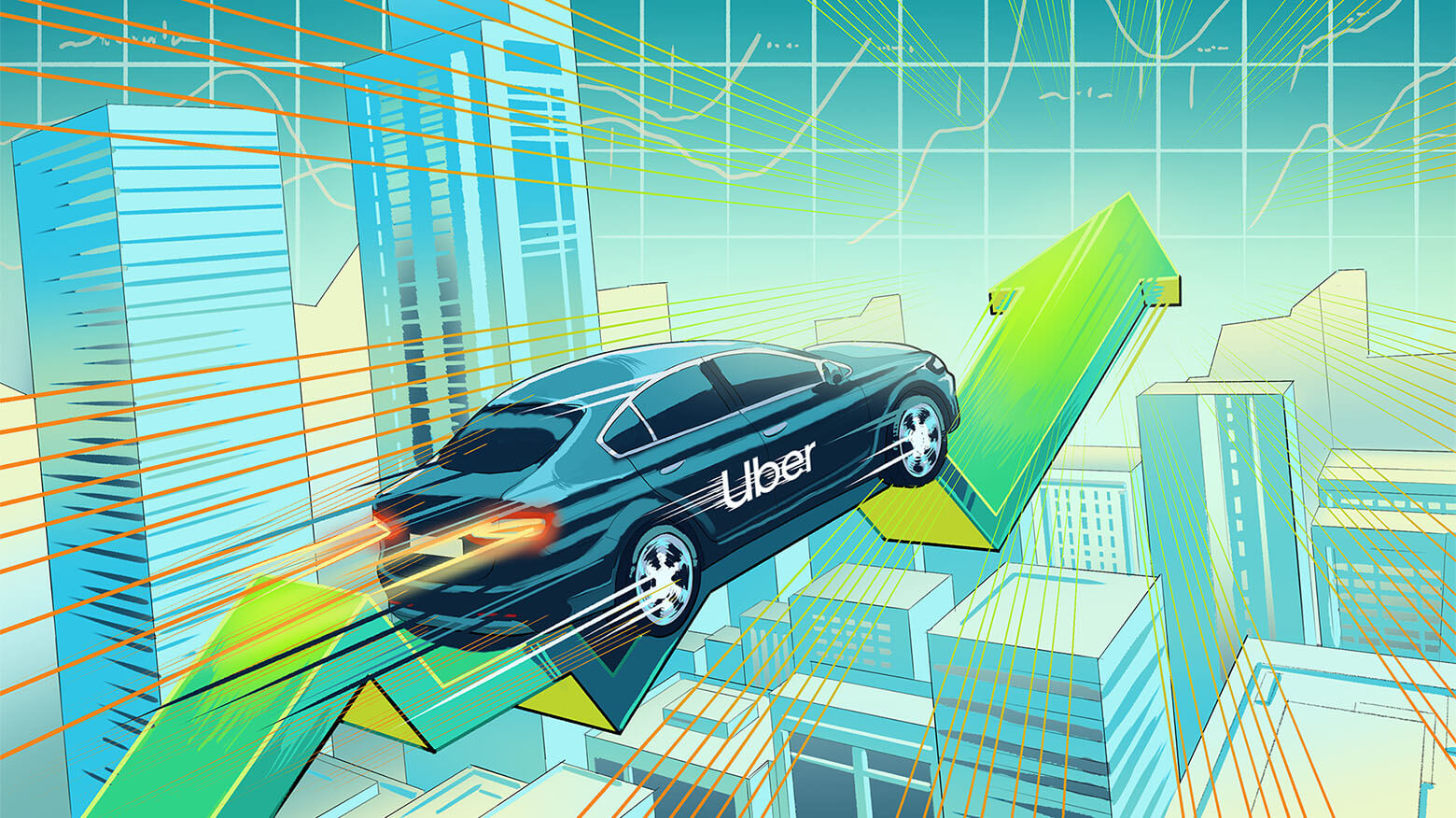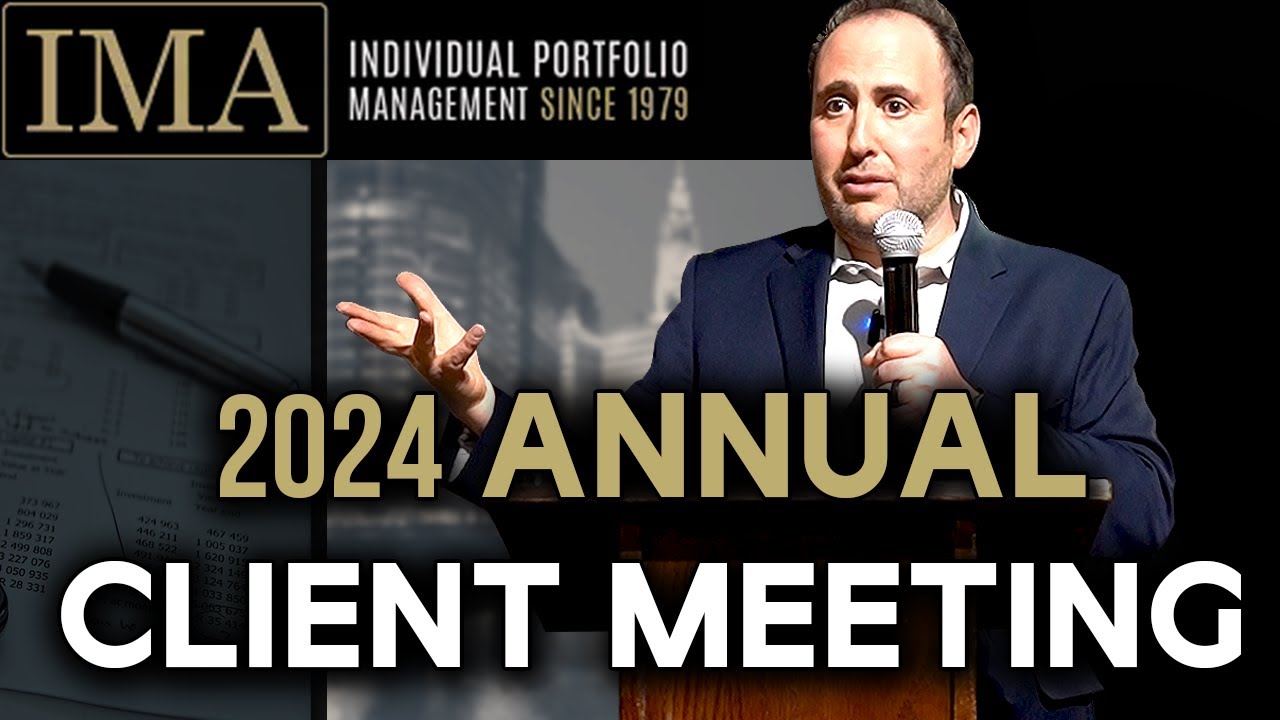It is hard to say anything about McKesson that we have not said before — it is a high-quality business with extremely cheap shares.
The pharmaceutical distributor should earn around $15 in 2020 and will IPO its technology business, which will unlock another $20-30 of value. McKesson stock is not just cheap — it’s incredibly cheap. If we take the current $127 price and take out $25 for the technology business, we are paying about $100 for $15 of earnings — less than 7 times.
Each business has an internal business cycle. Sometimes it is linked to the economy — such businesses are usually called “cyclical.” Others have internal industry dynamics that have nothing to do with the economy.
McKesson, for example, benefited tremendously when billions of dollars worth of branded drugs lost their patents and went generic between 2009 and 2015.
This wave of profitability impacted McKesson shares. Increased profitability of generics brought new, smaller competition in the generics space, attracted by a larger profit pie. The competitive dynamics of drug distributors had not really changed much, but McKesson and other distributors were overearning — their margins were too high. Growing revenues and expanding margins resulted in tremendous earnings growth, which brought “growthy” investors into McKesson’s shareholder base. As the generics wave sagged, McKesson’s margins declined to their normal level and so did earnings. These new shareholders fled, driving the stock down.
That is when we bought the stock. Since then the market has new worries about the stock. One is that Amazon.com is entering the drug distribution business. We wrote about this non-threat earlier this year, so we won’t go into here. A second perceived threat to McKesson and other drug distributors is political. The White House is attacking the archaic way drugs are priced in the U.S. — and rightfully so.
Here is a brief summary of the issue. Let’s say Pfizer brings a new drug to market. Its list wholesale price is $100. Pharmacy benefit management companies “negotiate” the price down to $60. A lot of dirty, nontransparent things happen in the interim with rebates. We are not going to go into that discussion, but there is a reason why we don’t own shares of pharmacy benefit management companies.
No insurer or consumer pays list price — well, kind of. The list price doesn’t matter much when many consumers have perhaps a $20 copay for any drug and don’t have health savings accounts (HSA) or high-deductible copays that are tied to the $100 (inflated) price, not the real $60 price. That $100 list price is under attack.
McKesson and other distributors are paid a fee by Pfizer to distribute the new drug, based on the $100 price. Pfizer pays McKesson a 4% fee on the $100, that is, $4. But political winds are now blowing against this ambiguous drug industry pricing. Mr. Market is concerned about what happens to the $4 if McKesson’s fee will now be tied to the $60 price instead of $100: Will the fee drop to $2.40?
To answer this question, we have to look at history, back to 2001. At that time, branded manufacturers paid drug distributors for their services by allowing the distributors to buy drugs before price increases went into effect. If Pfizer were going to raise a drug’s price by 4% next month, for example, it would sell the drug to McKesson for $100 today, and McKesson would hold it for a month and realize a $4 profit when it sold it to pharmacies for $104 a month later.
This arrangement worked well until a few drug companies started to abuse the system by stuffing drug distributors’ channels with too many drugs. Let me explain the process: Let’s say normal quarterly demand for Bristol-Myers Squibb’s Plavix is 5 million scripts. At $100 a script that’s $500 million in revenue a quarter. Now let’s say that in one quarter sales of BMY’s other drugs fell $500 million short of what BMY promised (guided) Wall Street.
So, instead of “disappointing” Wall Street, Bristol-Myers Squibb would send 5 million extra doses of Plavix to distributors, stuffing distributors’ inventories but reaping an extra $500 million in sales on shipment. Distributors were happy to oblige, because BMY kept raising prices twice a year, and thus the larger inventory meant higher profitability. The problem is that by sending the extra 5 million doses, BMY borrowed from future demand. Distributors would participate in this game for a few quarters, but drugs are not fine wine — they don’t get better with age. If distributors buy too much Plavix, they run a risk of holding expired pills. So, after a few quarters, distributors would stop buying Plavix, causing its sales to fall off the cliff.
In 2004 Bristol-Myers Squibb paid a $150 million fine for stuffing distributors’ channels with $1.5 billion worth of drugs, and the pharmaceutical industry was forced to change how it pays for drug distribution.
As things now stand, pharma companies need distributors, but pharma companies lack the scale to distribute their drugs to thousands of pharmacies. Also, logistics and distribution lie far outside their core expertise. I remember in mid-2000 there was a lot of uncertainty about how distributors were going to get paid. At the time I recall our firm owned McKesson’s competitor Cardinal Health in our portfolio. It all worked out: pharma companies started to pay distributors a “fee for service.” In other words, how the $4 fee was computed changed, but the $4 did not.
There’s no reason to believe that this time will be different — the service that distributors provide is as important today as it was then, and the industry’s structure has not changed, either — three distributors control over 90% of the market.
The overhang from Washington on wholesale pricing does create uncertainty, and the math of how the industry comes up with that $4 is problematic, but it is unlikely to turn into a number less than $4.
Let’s not stop there. Let’s assume that this time is different. Let’s assume that $4 goes to a lower number. What impact would that have on a drug distributor? About 70% of McKesson’s revenue comes from branded drugs, but these have lower margins than generic drugs and thus bring only around 30% of profits. So, if $4 goes to $2.40, then McKesson’s earnings would decline about 18%, from $15 to around $12. This worst-case, low-probability scenario reduces McKesson’s earnings power and thus its fair value from $250 to $200. Which brings us to the essence of value investing: heads we win, tails we get less, but we still win.










0 comments